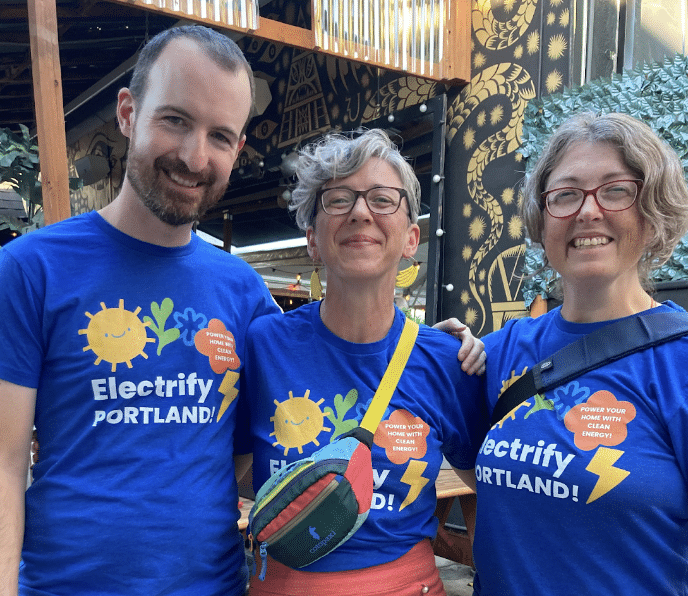What does it take to get fossil fuels out of our lives? A big part of the answer is “the electrification of everything”. No, it’s not just industry jargon—it’s a key concept worth understanding, as it’s playing a key role in our transition to a society powered by clean, renewable energy.
At its simplest, “the electrification of everything” means that more of the things we use that require energy—from our water heaters to our weed whackers to our cars—can run on electricity rather than directly burning gas and other fossil fuels that we pump or inject into them. When you swap out your old gas-powered hot water heater for a tankless electric system, you’re taking part in the “electrification of everything”.
The (grid) game has changed
For decades, the conventional wisdom was that we needed to move away from electricity because it was inefficient and dirty—and still today, around 68 percent of electric power comes from burning fossil fuels. Together, electricity production and the transportation sector are responsible for more than half of U.S. greenhouse gas emissions, contributing to the climatic changes that are affecting communities nationwide.
But as our power grid integrates more renewable energy and as cleaner, electrified products enter the mass market, there’s now broad consensus that using electricity for more of our activities—including transportation—is a critical step toward reducing overall emissions.
Across the country, utility companies have begun integrating renewable energy sources like wind and solar into the electrical grid, reducing the emissions impact of the power we draw from our electrical outlets. Additionally, we can now generate renewable power locally from our own rooftops or from nearby wind and solar farms. Residential and community solar systems, combined with more affordable energy storage options, are helping to make our electricity supply cleaner and more efficient.
As we move toward a world where zero-carbon electricity is possible, it makes sense to “electrify everything” rather than to continue to rely on fossil fuels. When we all switch to using cleaner electric power, then everything we connect to this power will be cleaner as well.

The electrified home
So what does it look like to electrify everything in our lives?
Already, manufacturers are replacing combustion engines of all sizes—in appliances, power tools, and vehicles—with electrical technologies. “We’ve seen a dramatic increase in interest in electrification from electric utilities, equipment manufacturers, and others,” said Trieu Mai, a senior researcher at the U.S. National Renewable Energy Laboratory. “Widespread electrification could have major energy, economic, and environmental impacts to the entire U.S. power system and broader economy.”
While most of our cooling systems—like air conditioners and refrigerators—are already electrified, many of our systems for water and space heating aren’t. To heat our homes, we can replace natural gas- or oil-fired furnaces with energy-efficient electric heat pumps. And many households are replacing bulky storage water heaters that run on natural gas, propane, or oil with tankless electric water heaters that provide hot water on demand.
Then, of course, there are electric cars. By replacing our internal combustion engine vehicles with battery electric vehicles (EVs), we can immediately eliminate the need for gasoline or diesel to fill up our tanks. If we also plug our EVs into power networks fueled by renewables (such as solar from our rooftops), then we’re charging them with clean energy, too. EV batteries can even serve as energy storage, feeding power back to the grid during periods of peak demand. By helping to stabilize the grid, EV’s can make it possible to integrate even higher shares of renewables into the electricity system.
Going electric might seem like a costly proposition—but you’d be surprised. The prices of these technologies are dropping by the day, and the federal government and many states offer rebates and tax credits for installing residential solar, smart appliances, and energy-efficient climate control systems. Electrification is a key way that we’re going to get fossil fuels out of our lives—and we can start today.















